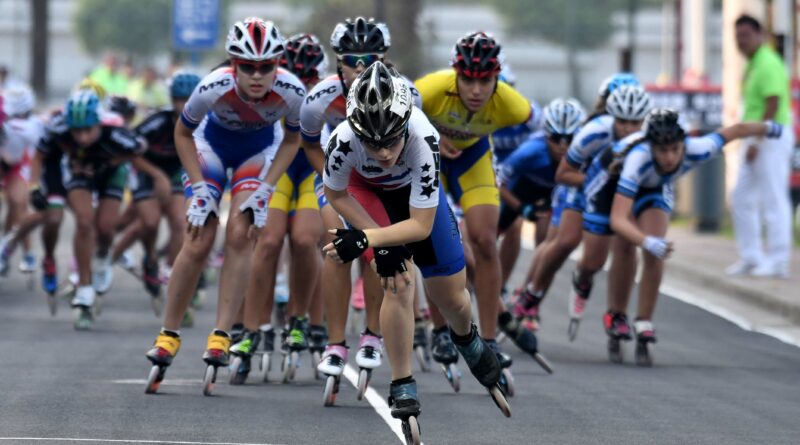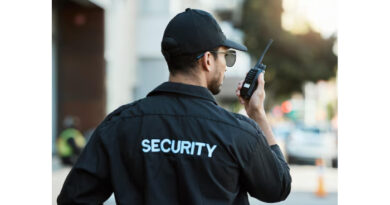Common Roller Skating Mistakes and How to Avoid Them
Introduction
Roller skating is a fun and exciting activity that many people enjoy. However, beginners often make mistakes that can lead to falls, injuries, or frustration. Learning the right techniques and avoiding common errors can make skating safer and more enjoyable. In this guide, we will discuss some of the most common roller skating mistakes and how to avoid them.
Choosing the Wrong Skates
One of the biggest mistakes is selecting the wrong type of skates. Skates come in different styles for various purposes, such as indoor skating, outdoor skating, and speed skating. Wearing skates that do not fit properly can cause discomfort and make balancing difficult. To avoid this mistake, choose skates that fit snugly but are not too tight, and select the right type for your skating environment.
Skating with Poor Posture
Many beginners lean too far forward or backward, which can cause them to lose balance and fall. Good posture is essential for stability and control. To maintain proper posture, keep your knees slightly bent, your back straight, and your arms relaxed. This position helps distribute weight evenly and makes it easier to maneuver.
Not Wearing Safety Gear
Skipping safety gear is a mistake that can lead to serious injuries. Falling is a natural part of learning, so wearing protective gear like helmets, knee pads, elbow pads, and wrist guards is essential. These items help reduce the impact of falls and protect against scrapes and bruises.
Incorrect Stopping Techniques
Stopping correctly is a crucial skill in roller skating. Many beginners either stop abruptly, which can cause them to fall, or they do not know how to stop at all. The best way to stop is by using the toe stop or the T-stop technique. Practicing these methods in a controlled environment can help build confidence and improve stopping skills.
Skating Too Fast Too Soon
Rushing into high speeds without mastering basic skills is a common mistake. Skating too fast before learning balance, control, and stopping techniques increases the risk of falls. To avoid this, start slow, focus on proper movements, and gradually increase speed as skills improve.
Ignoring Balance and Control
Balance is the key to successful roller skating. Many beginners fail to practice basic balance exercises before trying advanced moves. A good way to improve balance is by practicing standing on one foot or gliding on one leg for a few seconds. Strengthening core muscles also helps in maintaining better control while skating.
Skating on the Wrong Surface
The type of surface affects how easy or difficult skating can be. Rough or uneven surfaces can make balancing harder, especially for beginners. Choose smooth and clean surfaces, like skating rinks or well-paved paths, to practice safely. Avoid wet or rocky areas that can cause skates to slip or get stuck.
Lack of Practice and Patience
Many people expect to become good at roller skating quickly and get discouraged when they struggle. Learning to skate takes time, patience, and consistent practice. Avoid getting frustrated by setting small goals, practicing regularly, and celebrating progress along the way.
Not Learning How to Fall Properly
Falling is part of learning, but falling incorrectly can lead to injuries. Many beginners try to catch themselves with their hands, which can cause wrist injuries. The best way to fall safely is by bending the knees and landing on protective gear, like knee pads. Rolling with the fall instead of resisting it also reduces the risk of serious injuries.
Conclusion
Roller skating is an enjoyable activity, but avoiding common mistakes can make the experience safer and more fun. Choosing the right skates, maintaining good posture, wearing safety gear, and practicing proper techniques all contribute to better skating skills. By learning the right way to skate and staying patient, anyone can improve and enjoy the excitement of roller skating.




